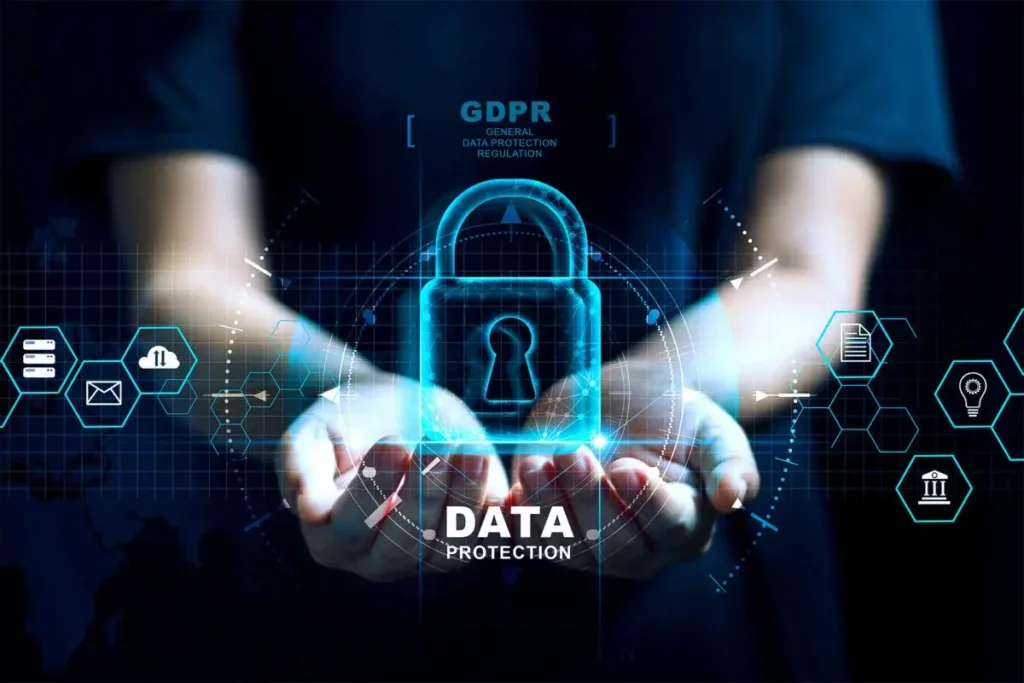Understanding Data Privacy in IT Compliance
Data privacy has swiftly become a central pillar of modern IT compliance. Businesses of all sizes handle increasing amounts of sensitive data, ranging from personal identifiers to financial information. Protecting this data is essential—not only to avoid legal penalties but also to foster trust among clients and partners. For any company seeking to implement practical and robust compliance policies, learning the basics of IT compliance is an essential first step. This foundational knowledge makes it possible to align everyday processes with regulatory obligations and customer expectations.
The intersection between privacy requirements and IT compliance is shaped by both technology and policy. Organizations must keep sensitive information secure throughout its lifecycle, from initial collection to deletion. This includes developing and maintaining policies restricting unnecessary access and proactively addressing new privacy threats.
Why Data Privacy Matters for Businesses
Securing personal and organizational data is more than a regulatory checkbox. It’s a competitive differentiator. Consumers, clients, and partners are paying close attention to how companies treat their information. Data privacy breaches jeopardize compliance status and can instantly erode brand trust. According to industry studies, up to 81% of consumers would stop engaging with a brand following a data breach. Protecting user data demonstrates a company’s commitment to ethical behavior and gives it a reputational edge. More businesses now seek managed IT services, prioritizing data security and proactive compliance to minimize exposure and bolster customer trust. This shift reflects a broader understanding that cybersecurity is not just an IT concern but a core element of business strategy. As data ecosystems grow more complex, organizations that embed privacy into their operations from the ground up are better positioned to adapt, scale, and lead.
Key Frameworks and Legal Requirements
The legal landscape for data privacy is diverse and complex. Central frameworks, including GDPR, CCPA, HIPAA, and PCI DSS, dictate stringent rules around how organizations should manage and protect information. GDPR, for example, gives individuals significant control over their personal data, demanding clear consent and transparent data practices from businesses. The rise of state-level regulations—like the California Consumer Privacy Act (CCPA)—shows that local laws follow suit, amplifying compliance complexity for organizations operating in multiple jurisdictions. Understanding which laws apply and building layered controls is crucial for IT leaders everywhere.
Data Privacy Challenges
Achieving and maintaining compliance is not without obstacles. Rapidly evolving regulations require companies to update processes and documentation constantly. Legacy systems, often lacking adequate security features, further complicate matters. Meanwhile, increasing cyber threats make safeguarding data a moving target. Training staff, integrating privacy into product development, and managing third-party vendor risks demand ongoing attention from security and compliance teams. Businesses need both agility and vigilance to handle these shifting challenges efficiently.
Best Practices for Data Privacy and Compliance
Successful organizations maintain strong privacy and compliance postures by treating them as daily priorities. Adopting best practices begins with conducting comprehensive risk assessments to identify vulnerabilities and regulatory gaps. Companies should create clear data classification systems, encrypt sensitive information, and limit access based on the principle of least privilege. Regular internal audits and hands-on employee training keep privacy in focus. For inspiration and further direction, the importance of compliance in the data-driven economy is widely discussed as a leading industry topic.
Technology and Data Privacy
Modern technology is both a challenge and a solution for data privacy. Cloud services, automation platforms, and artificial intelligence allow for streamlined compliance checks but must be selected and configured with privacy at the core. Automated monitoring, real-time alerts, and digital audit trails help companies respond rapidly to possible data incidents. Meanwhile, partnerships with technology providers require careful vetting and clear contract terms to ensure ongoing privacy protections across all business operations.
The Future of Data Privacy in IT Compliance
Organizations can anticipate stricter and more integrated data privacy regulations in the future. As cross-border transactions and hybrid work models proliferate, regulators will likely intensify enforcement and penalties for non-compliance. To stay ahead, businesses need flexible governance, regular technology reviews, and employee engagement programs that treat privacy and compliance as shared values and strategic imperatives.
Also Read-Harnessing Technology for Efficient Home Management


